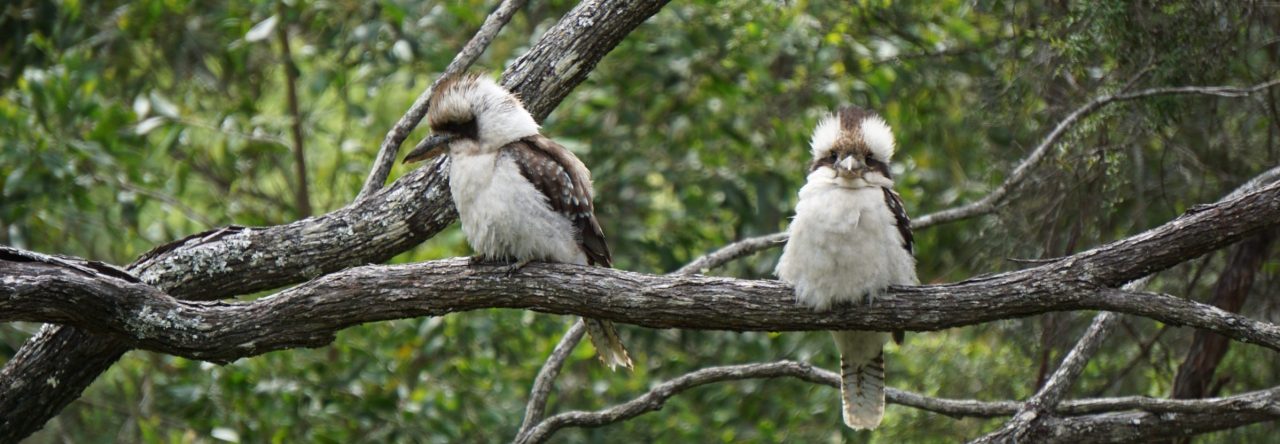My relationship to ritual took a powerful turn, after I read David Michael Levin’s philosophy book, The Body’s Recollection of Being (1985). In it, he conveys that the purpose of ritual is to put our body into a felt gesture which invites the felt meaning of Being.
So, for me, the ‘object’ of devotion in a ritual is never out or over ‘there,’ or ‘out there’ in the universe somewhere. It’s not the statue to which I bow. Neither does the statue represent some deity somewhere else. I am bowing to Being itself, retrieving my connection to Being via the being of my body. This is possible because one’s body participates in Being. A ‘human being’ is a verb, as Buckminster Fuller said.
Each morning, the first thing I do, after rising, is: I put my hands together in a ritual gesture before a statue of the goddess of compassion Kuan Yin, and I say this gatha (inspired by Thich Nhat Hanh):
“These twenty-four brand new hours, may be my last.
I vow – together with all beings – to live them fully,
and look on others with eyes of compassion.”
I am waking up to more than the simple fact of the day: I’m inviting myself, first thing, to acknowledge the primordiality of Being.
The meaning of any words, like the true meaning of any ritual, is what the words do in us – how they shift our state of being. Each word we speak is a gesture toward Being. The Nikaya Buddha suggests, in the Mindfulness Sutta (Satipaṭṭhāna Sutta): be mindful of the body in the body. So, I have a practice of speaking the gatha from my body, with awareness in my body, and feeling into the saying. It’s an experiment in consciousness.
I check inwardly, after saying my short verses, to see how the ritual has changed my body. This way, the ritual becomes an experiment, because I am present to see how I am changed by the posture and the sayings. Has the ritual brought me home to the greater field in which I have my being, with this very body as its conduit?
And, when I say ‘together with all beings,’ it invites the bodily feeling that this grounded Being is the ground of every sensing creature. The sensing bodies of all beings are in your body. So, I’ve added another verse to this gatha:
These twenty-four brand new hours are just for me;
All the more so, because they are just for each and every sentient being.
I think of the English mystic Thomas Traherne (1636/37 – 1674): “You never enjoy the world aright, till the Sea itself floweth in your veins, till you are clothed with the heavens, and crowned with the stars: and perceive yourself to be the sole heir of the whole world, and more than so, because men are in it who are every one sole heirs as well as you.”
Also, in the case of this particular ritual, I am retrieving the true life of death. Where else does one become intimate with death, than in one’s body? In my bowing and in saying my gatha, I am putting myself in a gesture of being “one hundred percent for life and death” (as the late Robert Aitken Roshi put it).
A Scientific American article suggests that: “Recent research suggests that rituals may be more rational than they appear. Why? Because even simple rituals can be extremely effective. Rituals performed after experiencing losses – from loved ones to lotteries – do alleviate grief, and rituals performed before high-pressure tasks – like singing in public – do in fact reduce anxiety and increase people’s confidence.”
David Michael Levin’s 1985 book (and his presentation therein of the work of Eugene T. Gendlin on ‘felt meaning’) gives us a good philosophical case as to why, by the gift of embodiment* our bodies respond to ritual gestures.
I’ve tried to think how I can quote Levin, to show, in a pithy way, the power of his vision, but when taken out of the context of the whole book, isolated passages are difficult to transmit. What I got from Levin’s book, though, (supported by my mindful inquiry and meditation) is as follows:
Our bodies participate in “the wholeness of the field of Being” (p.117); and so, the body’s symbol-making power combined with skillful embodiment can retrieve the primordial lived meaning of existence. Living this way, we realize our authentic belonging in Being, which illumines a host of problems we humans feel burdened by.
May all human beings – through the gift of combodiment* – be a hundred percent for birth and death.
____________________
* “The primordial participation in the wholeness of the field of Being,” deserves a better word than ‘embody.’ So, I use the term, coined by Akira Ikemi, ‘combodiment.’
To ‘em-body’ is to put something into a body. However, ‘Com-‘ says that something is ‘with.’ All of life is ‘with’ the body; all there to be revealed. It’s a body primordially intertwined with all else.
You might want to read Akira Ikemi’s Responsive Combodying paper on this, stored at the Focusing Institute.
